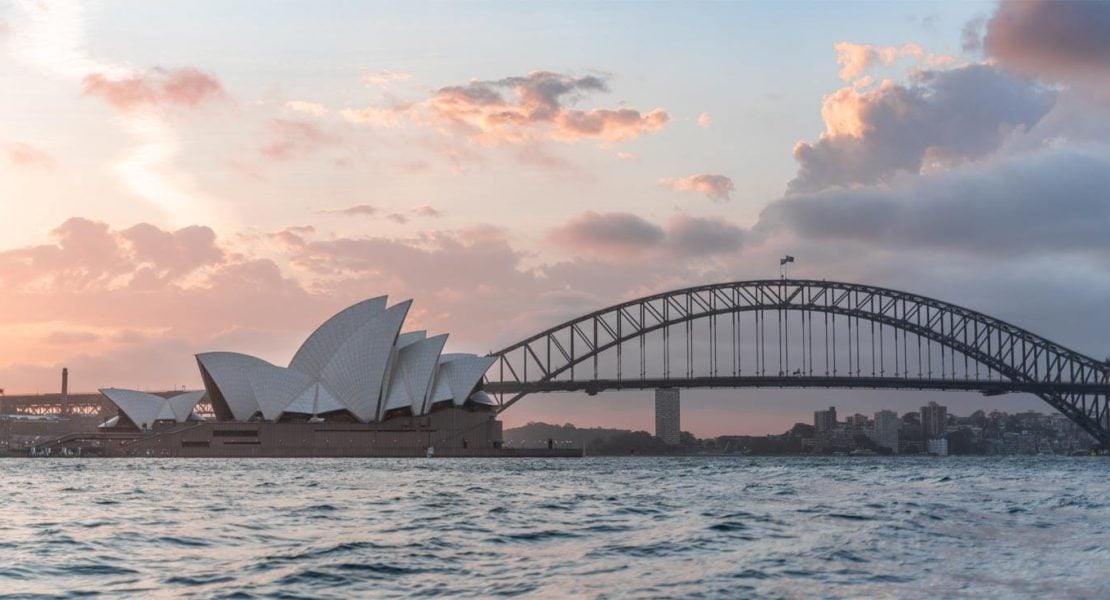If you want to do a working holiday in Australia, then we all know you’re going to need a visa. But did you know that Australia offer two different visa programs with awkwardly similar names;
- Working Holiday Visa – Subclass 417
- Work and Holiday Visa – Subclass 462
So – what’s the difference?
The two visas are actually very different and have different eligibility criteria.
Whats the difference?
Both visas target a cultural exchange experience – however, each visa program is eligible to a different group of nationalities.
1. The Work and Holiday 462 visa has an English language and education requirements, while the Working Holiday 417 visa does not. This is generally a tertiary qualification.
2. The Work and Holiday 462 visa also requires a letter of support from the government of origin (not including USA), while the Working Holiday 417 visa does not.
3. The Work and Holiday 462 was introduced in 2003 by the Howard Government allowing more countries to join the program.
Working Holiday Visa (Subclass 417)
Under this visa, people aged between 18 and 30 (or 35 for some countries) can stay in Australia on an extended holiday and work here at the same time. In addition to these age requirements, applicants must have an eligible passport and must not be accompanied by any dependents. They must also apply from outside Australia and must not have previously entered Australia on any kind of Working Holiday visa.
First, second and third year Working Holiday visas entitle you to stay and work in Australia for 12 months. They’re usually processed within 44 days, but the processing time does depend on when visitors and working holidaymakers apply. Considering recent border closures, if you submitted your application before the border reopened, the processing time is calculated from the date on which you were able to travel, not from your application date.
Under the Working Holiday visa, you’re entitled to:
- Carry out short-term work in Australia to help cover your holiday expenses
- Study for four months or less
- Conduct unlimited travel in and out of Australia
- Do three months of specific work (in a second year visa job) to attain eligibility for a second visa (the work period increases to six months for applications for a third visa).
This specified work includes:
- Tourism and hospitality in northern, remote and very remote Australia
- Plant and animal cultivation in regional areas
- Fishing, pearling, tree farming, felling and mining jobs in regional Australia
- Construction work in regional Australia
- Bushfire and flood recovery work in declared affected zones
- Critical COVID-19 work in healthcare and medical sectors across Australia
Work and Holiday Visa (Subclass 462)
This visa carries similarities to the subclass 417 visa, but there are key distinctions. It allows 18 to 30-year-olds to have an extended stay in Australia while working to cover the expenses of their trip. Eligibility requirements are largely similar to those of the 417 subclass; applicants must have an eligible passport, apply from outside Australia, not be joined by dependent children, and not have previously entered Australia under any 462 or 417 visa.
Where it differ from the Working Holiday visa is:
- Education: Applicants must prove they have achieved education, usually at tertiary level.
- Letter of Support: All non-U.S. applicants must bring a letter of support from their home government.
- Language: Applicants need to prove they have functional English.
First, second and third Work and Holiday visas allow you to stay in Australia for 12 months. Processing times tend to be longer than those of the Working Holiday visa, with most applicants receiving their visas within eight months. Neither this visa nor the Working Holiday visa can be extended beyond a second visa.
Under this visa, you’re entitled to:
- Carry out short-term work in Australia to fund your holiday
- Study for up to four months
- Travel to and from Australia as often as you want
- Carry out three months of specified subclass 462 work to achieve eligibility for a second Work and Holiday visa (the work requirements extend to six months for a second visa).
The particular work you can carry out under a 462 visa includes:
- Tourism and hospitality in northern, remote, or very remote Australia
- Plant and animal cultivation in northern and regional Australia
- Fishing, pearling, tree farming and felling in northern Australia
- Construction in northern Australia and in specific regional areas
- Bushfire recovery work in declared bushfire-affected areas
- Flood recovery work in declared areas
- Crucial COVID-19 work in healthcare and medical areas across Australia
As you can see, the Work and Holiday visa places more emphasis on the northern region of Australia, recognising the need to draw more work to this part of the country.

